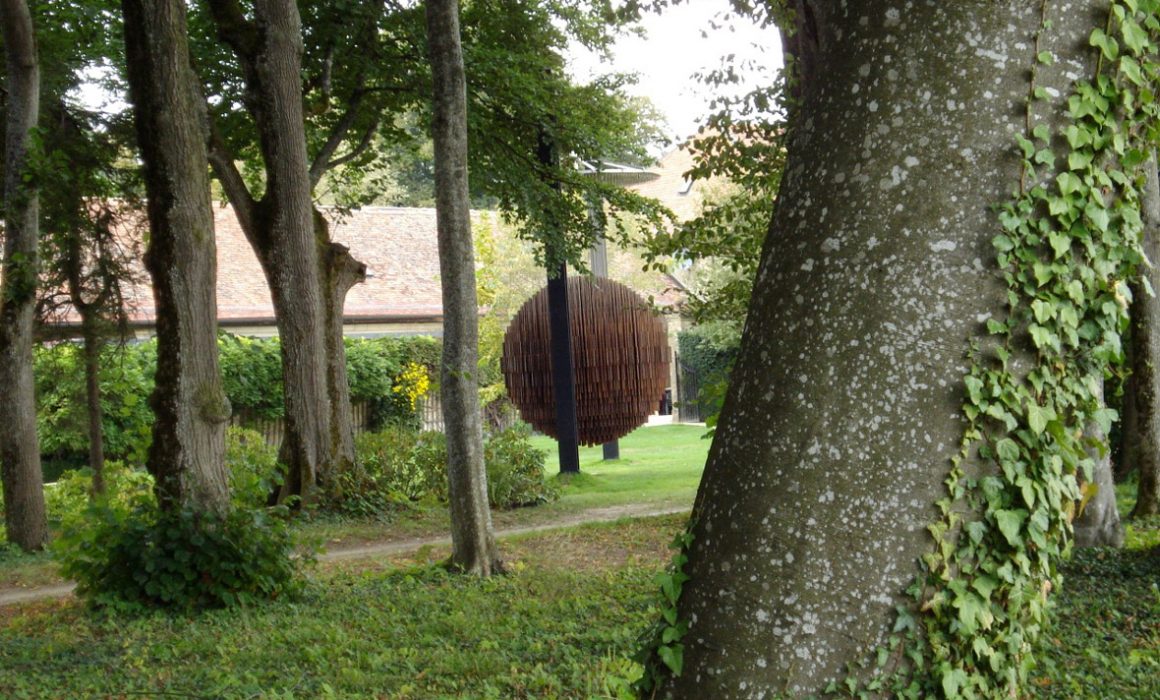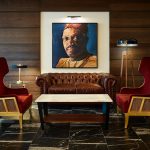Second Lockdown: What does this mean for the future of hospitality?
From Thursday, all non essential shops, bars and restaurants are set to close until 2nd December 2020. Hotels are allowed to remain open but only for limited reasons are people allowed to travel. After an extremely challenging year, many businesses in this sector will be fighting for their survival this winter. For those that survive what does the future of hospitality look like? What will the general public seek from these establishments when things do return to a sense of normality?
We predict that after a global pandemic there will be an exponential shift towards spaces that promote our health and happiness. After months in lockdown, we know that our environment has a direct impact on mental health. The science of neuroaesthetics has proven that simple changes to lighting and layout has a massive impact on our wellbeing. Another key factor in increasing wellbeing is exposure to nature. We predict that biophilic design will be embraced more widely and we expect to see an acceleration of its design principles throughout hospitality and in homes worldwide.
So what is biophilic design and how will it change our relationship to our built environment in terms of hospitality? Put simply, Biophilic design is creating spaces that mimic or are symbiotic to nature itself. Biophilia can be understood as ‘a love of life’. It stems from the Greek words for Life (Bios) and Love (Philia). In lockdown, many have instinctively turned to gardening or tending to houseplants as a way to tap into this innate and reciprocal nurturing relationship with nature. The word Biophilia was first used by a psychologist called Erich Fromm in 1964. He described it as “the passionate love of life and all that is alive” however the concept was popularised by Edward O Wilson, an American biologist in 1984 with his book ‘Biophilia’. He defined it as “the urge to affiliate with other forms of life”.
Through stark warnings on global warming and climate change paralleled with our increased sense of mortality due to COVID 19 we are collectively beginning to wake up to the responsibility we all have to look after this planet. Biophilic design should therefore be understood as a shift in consciousness rather than a trend. We must be more thoughtful in every aspect of design, from creating sustainable menus to crafting a lasting interior space, to the buildings themselves. As an industry we must consider everything from the perspective of reducing the impact on the planet and if possible reverse some of the side effects.
The most commonly used biophilic design principle is to incorporate ‘life’ into the spaces by use of plants. This is seen in ‘14 hills’ restaurant whereby award-winning designer Robert Angell created a lush garden-style interior. In his conversation with Harry McKinley for the Restaurant Bar Design Awards IGTV Angell discussed the broader understanding of biophilic design, in that it can be reflected in architecture through the use of glass terraces, redesigning lighting to mimic the natural world, through artwork to considering sounds to upgrading air filtering to get a greater sense of being in nature all can help achieve biophilia.
In terms of art, landscapes are undoubtedly one way to encourage the viewer to appreciate nature. More generally art is a great vehicle for shifting the narrative and engaging a discussion around these key topics. Art can be a love letter to nature and inspire a deeper love in its viewer than mere observation. One thing is for certain in this new sustainability focussed world art can no longer simply fill the walls and complement the colour scheme. Art needs to do more. Art can tell the story of the locality, bring attention to our rich and varied local wildlife. Art can remind us of our place as a being in the world. The hospitality artwork of the future will be about quality over quantity. It will be about investment over trends. To ensure the industry is sustainable we need to think of redesigning spaces that can last decades not seasons.
Recently, Swiss artist Etienne Krahenbuhl’s worked with the Art Story team to install a fabulous kinetic installation in The Circle in Zürich. Crafted in natural oak, the ‘Bing Bang’ sculpture has a life of its own and quite simply appears to be breathing. It is described as “a poetic echo to the universe”. The sculpture moves in an unpredictable choreography. Offering the viewer time to pause and reflect. A moments meditation on nature and the universe.
If Biophilic design is understood as ‘love of life’ we believe that art is the language in which we communicate it. The hospitality sector will undeniably be hit badly by the restrictions but if we are to garner any kind of hope, it is this; we have the power to make a seismic shift in how we operate. We can make the world we return to, a better version of the one we started with. When the doors open again, and they will. They can welcome people back to a much more thoughtful space, that will aid the collective healing that will be required after a difficult 2020 for us all.
Author: Polly Orton
References:
https://www.planteriagroup.com/blog/biophilia-what-is-it-and-why-is-it important#:~:text=Psychologist%2C%20Erich%20Fromm%2C%20first%20used,and%20all%20that%20is%20alive%E2%80%9D
https://www.pbs.org/wgbh/nova/article/conversation-eo-wilson/
https://14hills.co.uk/














I love what this article is saying. As an expressive landscape painter, I hope my art will connect with viewers on many levels, not least to promote wellbeing and make fundamental and positive connections to nature. Sales of my paintings have been good this year – perhaps this is why! Very enlightening and also hopeful for artists in such difficult times.
Thank you!!1